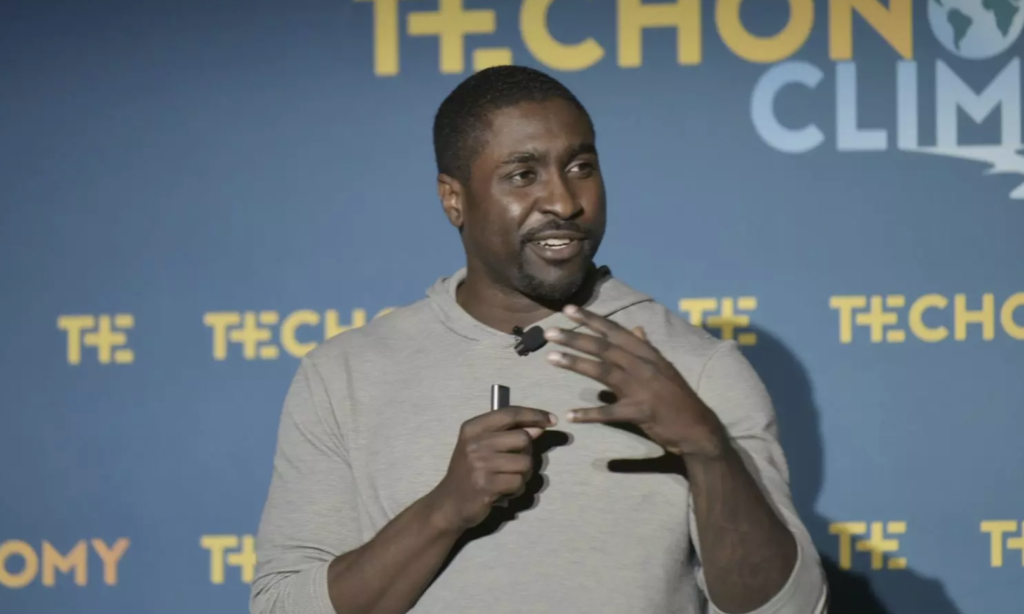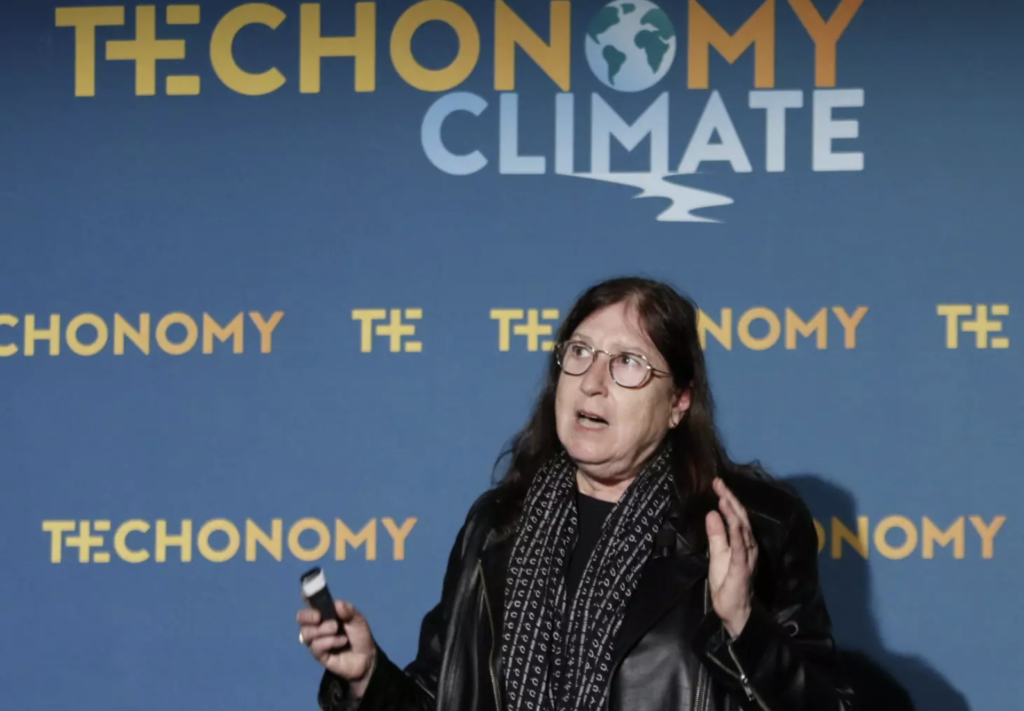How Companies Can Lead in an ‘Age of Outrage’
The nation is on edge. We’re anxious and angry, distracted at work, and eager to brawl out our differences in public. At the highest level, our presidential candidates have framed Tuesday’s election as “an existential battle for the nation’s character, its democracy and the safety of its residents.” Social media influencers on both sides of politics have turned pain and rage into a lucrative business model. More and more families are becoming estranged over disagreements great and small, while contempt and disrespect have become ingrained habits for many.The mood seems contagious, with “assuming the best in others” in rare supply. Boeing endured a costly, contentious strike by unionized machinists who demanded restoration of their pensions. In September, Fortune reported that employees at Amazon were “rage applying” for other jobs after their CEO ordered workers back to the office five days a week.Is this our new modern culture–or are there ways to reduce the rage? Karthik Ramanna, professor of business and public policy at the University of Oxford, describes the moment as an “age of outrage” in his new book, The Age of Outrage: How to Lead in a Polarized World, published last week by Harvard Business Review Press.As election season in the U.S. reaches its peak, rhetoric is sharpening (not to mention quite foul) and the public is feeling nervous and emotional. While tension and even anger over political, ideological, or values differences is nothing new, for the title of his new book, Ramanna chose the word outrage. There’s just something different about the current tenor of the moment: A hotter temperature and a higher pitch. For companies, dealing with this force is no longer a PR task, but a “critical capability,” he writes.Managing in the age of outrage is not the same as managing isolated incidents of disagreement, Ramanna told From Day One. It’s a mistake to treat corporate mishandling of these ongoing issues as mere PR problems or temporary. Those who do will find themselves playing defense day after day. “Tomorrow there’ll be a new issue, and the day after there’ll be a new issue. That approach isn’t going to work,” he said.The outrage Ramanna writes about is typically focused on leaders and institutions, and HR and business executives are preparing for stress and heightened emotions following the election season. Learning from embarrassing corporate gaffes, many firms have been increasingly proactive, institutionalizing their responses to angry employees and the public with social-issues working groups. These are cross-functional committees assembled to prepare for crises, both internal and external, and determine whether the company will respond–and, if so, how–when they arise.Ramanna warns employers against prioritizing processes over outcomes when preparing a response to outrage. Agree to rules of engagement, but “we don’t want to get too bogged down in that process. We want it to be more of an informal guidance to the way we operate. It’s more important that we actually trust each other than that we have written rules that say we trust each other.” The rules should be simple, he said, “things that people can recall in an instant. If people can’t recall what the rules of engagement are when they’re in the heat of the moment, then they’re not very useful.” For this reason, Ramanna is reluctant to overly formalize the process, “because that might actually kill what you’re trying to do.”As a leader, you should temper expectations. “No matter what you do,” he writes, “you can never fully address the demands made of you.” Remember also that “you will always be seen as part of the problem.” Instead of wrongly believing you have the power to solve all problems or quell all outrage, aim for “turning down the temperature.” In The Age of Outrage, Ramanna describes how.A Framework for Turning Down the TemperatureRamanna offers a four-part, cyclical framework for turning down the heat. First, identify the source of the outrage. That is, the deep-seated and underlying causes fueling the anger. Look beyond the inciting incident to the wound it has irritated, and manage your own preconceived notions of your antagonists and their motivations.Second, determine the extent to which the organization can effectively respond. What is within your responsibility to address, and what is within your capability to address? This is where your company’s values and mission can guide you. If you say you will protect reproductive rights, for example, then it’s imperative to step up when the issue arises in the public arena. In fact, moments of anger present an opportunity for clarifying an organization’s values, Ramanna writes.Third, take stock of the leader’s influence. Now that you’ve identified what is an attainable and appropriate response, how will the leader win the support of others in influential positions as well as the support of the workforce?And finally, build resilience. “A resilient organization (or system) is characterized by the delegation of authority,” Ramanna writes. “By situating decision-making close to ground realities, the organization both improves the informativeness of its decisions and diversifies its thinking and, as a consequence, can endure and even thrive amid negative shocks.”Are Corporate Values Outmoded?Values statements and public commitments to causes or communities may be useful guideposts for how to focus corporate response in the age of outrage, but they can also make it harder to deliver. Companies have caught themselves in dreadful thickets in the name of transparency and principles. When corporate behavior, or the behavior of business leaders, doesn’t reflect publicly stated values and beliefs, companies feel the pain. Ramanna cites Disney’s entanglement with Florida’s “Don’t Say Gay” bill in 2022. Despite being a public advocate for LGBTQ+ rights, the company did not publicly oppose the bill and was at the same time writing checks worth hundreds of thousands of dollars to politicians who sponsored it in the state senate. NPR reported that “Disney employees shared their outrage on social media when the company did not denounce the proposed legislation.” (In 2024, Disney resumed political donations to Republican candidates in Florida who voted in favor of the bill.)Being publicly “good” and values-forward can indeed make you a target, according to New York University professor Alison Taylor, who, in her book Higher Ground: How Business Can Do the Right Thing in a Turbulent World, points out that those seeking a target for their outrage will look for the companies and leaders most vocal about their principles.“Some companies can legitimately argue that these are not part of their value proposition. That’s not the case with Disney,” Ramanna said. “Part of why they got into the problem in the first place was when the ‘Don’t Say Gay’ bill was initially being proposed, they said, ‘Oh, we’re neutral in this.’ No, you’re not neutral. You’ve already established that you’re not neutral, and now it looks opportunistic to claim that you’re neutral.” Where the issues are directly related to the business or its stated values and identity, then you can’t step aside. You must proactively engage.Despite shifting political winds, “there is also little doubt that many institutions today have adopted a more progressive culture,” reported the New York Times this week. “They acknowledge bias and power imbalances between people of different genders and races. Despite efforts to roll back D.E.I. programs, few businesses or schools would doubt the importance of recruiting people from different backgrounds. A range of progressive causes—climate change reduction, workplace protections and higher taxes on the wealthiest Americans—remain popular.” Even so, in an age of outrage, corporate values aren’t as simple as they used to be. As belief systems diverge so severely, it can be tough to get people to agree, even in the workplace. Ramanna distinguishes between “opportunity values” and “outcome values.”While outcome values tend to divide, opportunity values can unify: Even if you can’t agree on the outcome, at least you can agree on the rules of engagement—how a group arrives at conclusions and makes decisions. “The commitment to the opportunity values is more meaningful than the commitment to outcome values, especially when you’re dealing with this outrage,” he said.Bracing for a Polarized Workplace Post-ElectionTo be clear, Ramanna isn’t interested in prescribing values or making ethics judgements, nor does he offer advice on business strategy. Companies have to do that on their own, he said. But when it comes to managing in an age of outrage, he does advocate a kind of corporate stoicism: Concern yourself only with what you can control.With the election and its aftermath upon us, Ramanna urges employers anxious about the workplace climate not to quit before they start, but make a plan to lead in an age of outrage. “Look, it’s never too late. On one hand, you might say, ‘Oh my God, I should have started this six months ago, five years ago,’ whatever it is. But on the other hand, if you don’t start it today, it’ll still be too late in six months.”Despite the outcome of the election, he said, leaders can count on two things. “No. 1, that we’re not going to have some magical healing on the day the elections are over or the results become clear. If anything, we’re going to be sharply divided. The second thing is, as a business, you have to figure out a way to work through that.”Emily McCrary-Ruiz-Esparza is a freelance journalist and From Day One contributing editor who writes about work, the job market, and women’s experiences in the workplace. Her work has appeared in the Economist, the BBC, The Washington Post, Quartz, Fast Company, and Digiday’s Worklife.(Featured photo by Solstock/iStock by Getty Images)






